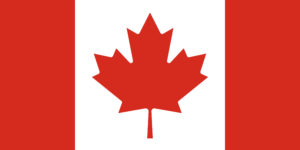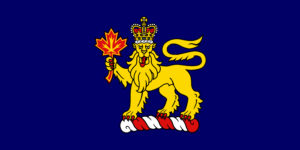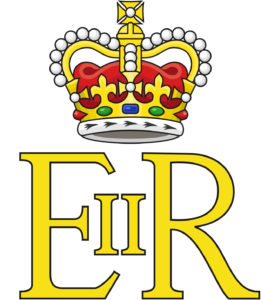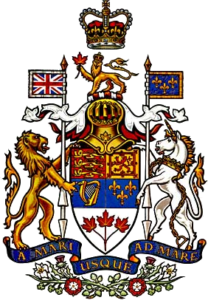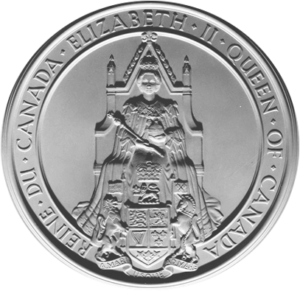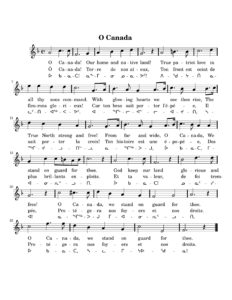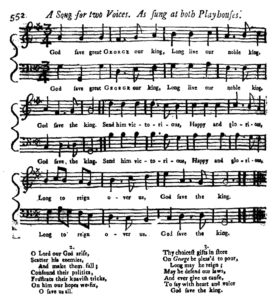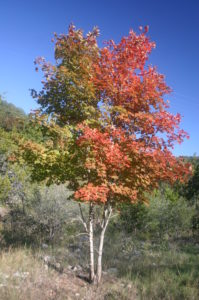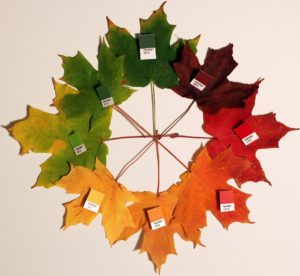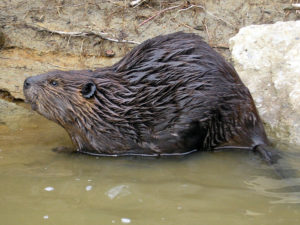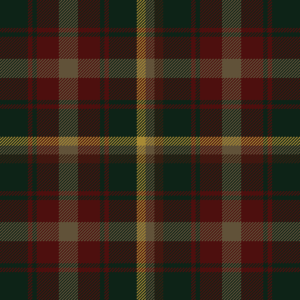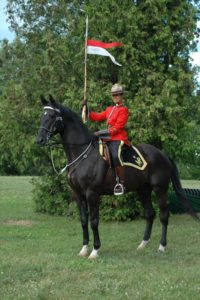National Symbols of Canada
National symbols of Canada are the symbols that are used in Canada and abroad to represent the country and its people. Prominently, the use of the maple leaf as a Canadian symbol dates back to the early 18th century, and is depicted on its current and previous flags, the penny, and on the coat of arms (or royal arms). Other prominent symbols include the national motto “A Mari Usque Ad Mare” (From Sea to Sea),[1] the sports of hockey and lacrosse, the beaver, Canada Goose, Canadian horse, the Royal Canadian Mounted Police, the Canadian Rockies,[2] and more recently the totem pole and Inuksuk.[3] With material items such as Canadian beer, maple syrup, tuques, canoes, nanaimo bars, butter tarts and the Quebec dish of poutine being defined as uniquely Canadian.[3][4] A 2013 Statistics Canada survey found that more than 90% of Canadians believed that the Canadian Charter of Rights and Freedoms and the national flag were the top symbols of Canadian identity. Next highest were the national anthem, the Royal Canadian Mounted Police and hockey.[5]
The Crown symbolizes the Canadian monarchy,[6] and appears on the coat of arms (used by parliamentarians and government ministries), the flag of the Governor General,[6] the coats of arms of many provinces and territories; the badges of several federal departments, the Canadian Armed Forces and Royal Military College of Canada, many regiments, and other police forces; on buildings, as well as some highway signs and licence plates. Also, the Queen’s image appears in Canadian government buildings, military installations and schools; and on Canadian stamps, $20 bank notes, and all coins.
Official and de facto symbols
Canada does not have a floral emblem,[7] and the maple leaf, Royal anthem, mounted police and Great Seal are unofficial “De facto” symbols.[8]
Symbol
Image
Notes
Royal symbol – adopted and proclaimed by Queen Elizabeth II in 1962 for her use in her capacity as Queen of Canada.[10]


